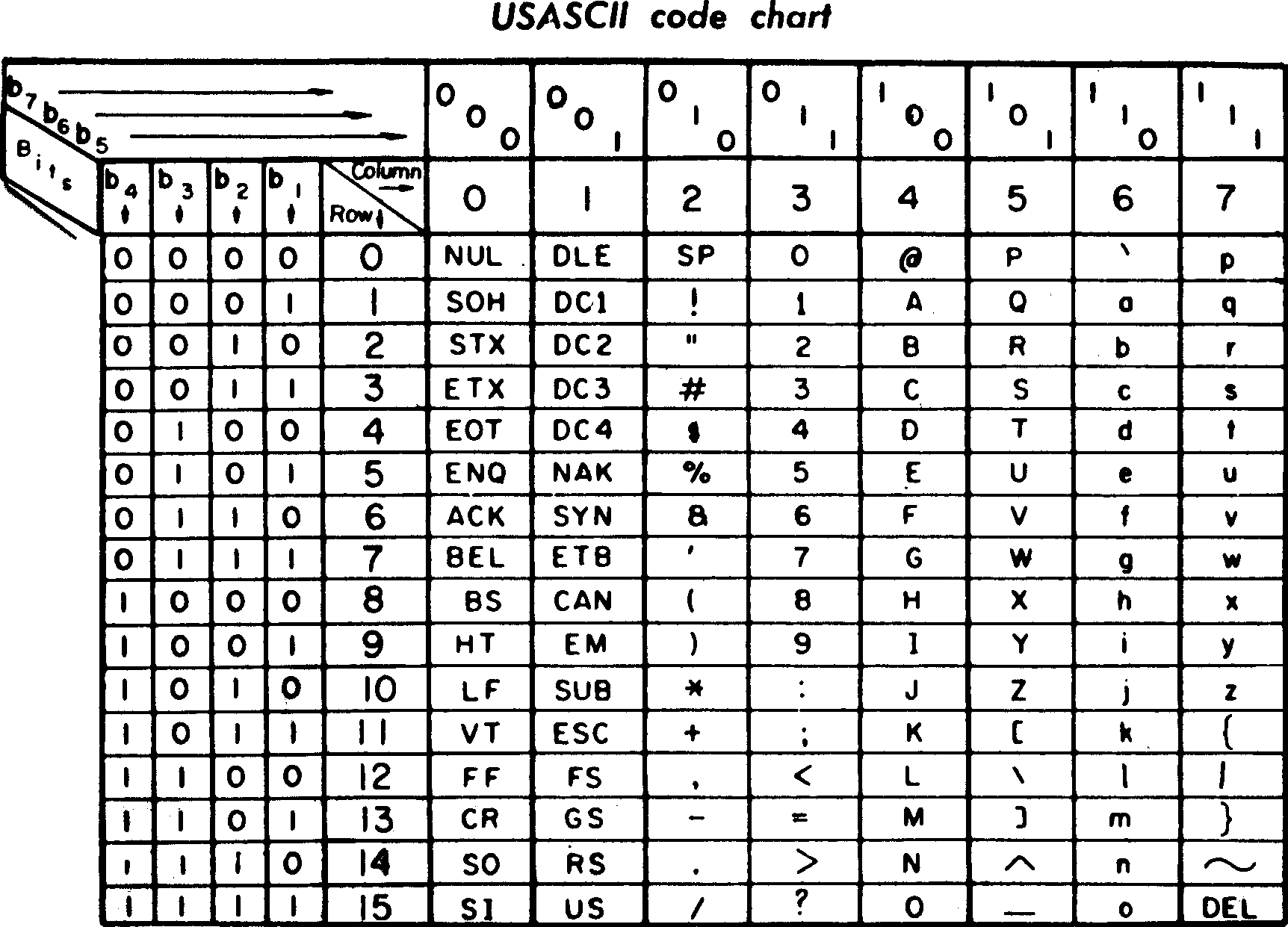I’m going to talk about testing over the next few posts. If you’ve talked to me at any length over the last several years, you know I’ve been thinking a lot about testing, and I have somewhat unorthodox opinions. Unorthodox enough that I really haven’t wanted to write them down because I’m really not trying to start an argument. If your approach to testing works for you and your team, I think you’re doing it right and I don’t think you should change just because I do it a different way.
But if you and your team struggle with testing and you think it’s because you lack the discipline to “do things right,” I’d like to offer another way of thinking about testing that has worked very well for many years, for several teams, and in multiple languages. In this series I’m going to focus specifically on iOS development working in Swift. Some topics are different in other environments. I might touch on those eventually, but to keep this already sprawling topic bounded, I’m going to stick to client-side Swift for now.
So none of this may apply to you. But if you feel that your current testing approach isn’t working, I’d like to offer another option:
Mock as little as you can. Mock only at the edges. Minimize dependency injection. Test real code.
